Is a heat pump right for us? New Construction
Remington
5 years ago
Featured Answer
Sort by:Oldest
Comments (75)
Elmer J Fudd
5 years agolast modified: 5 years agoulisdone
5 years agoRelated Discussions
use of new heat pump with older blower
Comments (1)The answer is maybe but not without significant cost. Certainly not what I would recommend. Stick to a good 13 SEER HP properly sized with matching evap coil. IMO...See Moreheat pump mini-split new construction
Comments (1)I can't help with most your questions but I can relay some of our experience. Doing alot of the installation yourself is probably a good idea if you have the skills (good at following instructions, detail oriented and very strong). It is very hard and the installers we encountered aren't particularly good at following the installation instructions, causing problems down the road. I found the installation manuals pretty easy to follow but there was alot of physical work we could never have tackled. I did not find any good comparisons of equipment. I did tap into some of the installers forums where they chat with each other and didn't see any big red flags for the name brands like Mitsubishi, LG and Fujitsu. We chose Fujitsu because it had the type of indoor units with the sizing we wanted for ceiling and wall units. I think you would be fine with any of them. For reference we paid $16K for two outdoor unit and five indoor units so your pricing isn't that far off. Be sure not to put any units over the bed. You want to locate bedroom units in areas that won't blow on you while you sleep....See MoreToo much or about right for new Carrier Heat Pump System
Comments (1)No HW thermostat. You want Carrier's Edge Thermidistat. Probably a 10 KW heat strip. I would want the 006 Performance VS air handler. See below. Qualifies for Tax Credit. 3676244 Active Systems PERFORMANCE 15 PURON HP CARRIER AIR CONDITIONING 25HCC536A**30 FV4CNB006 1050 35400 13.00 15.50 33800 9.00 21600 1 HRCU-A-CB 276 754 Yes A fair price, not a steal by any means. IMO...See MoreNew construction Houston heat pump
Comments (9)if you plan of being in the house a long time, geo thermal might be worth it. That is assuming you can find good contractors that don't overcharge and have access to good well-drillers. Geo-thermal will save you alot on cooling too. Which in texas you will be doing alot of. If you can get a 24,000 4 ton geo-thermal system installed I would do it. If 4 ton is the proper size for your house. AFter the credit its only 16,000++. Geo-thermal systems with closed loop well can last a long time also. Makes alot of sense really. Especially since they plenty of land around your house so it should be no problem for the driller to drive their truck with their rig to drill the wells. The 30% credit doesn't go away for geo-thermal like the other tax credits do on Jan. 1, 2011 so it gives you extra incentive to spend more for the geo....See MoreVirgil Carter Fine Art
5 years agoSpringtime Builders
5 years agolast modified: 5 years agosimmtalker
5 years agolast modified: 5 years agoVirgil Carter Fine Art
5 years agosimmtalker
5 years agoVirgil Carter Fine Art
5 years agosimmtalker
5 years agoElmer J Fudd
5 years agolast modified: 5 years agoSpringtime Builders
5 years agolast modified: 5 years agoDavid Cary
5 years agomike_home
5 years agoSpringtime Builders
5 years agolast modified: 5 years agoElmer J Fudd
5 years agolast modified: 5 years agoweedmeister
5 years agolast modified: 5 years agomike_home
5 years agoSpringtime Builders
5 years agolast modified: 5 years agomike_home
5 years agoDavid Cary
5 years agotigerdunes
5 years agotigerdunes
5 years agoBryan Williams
5 years agomike_home
5 years agoSpringtime Builders
5 years agolast modified: 5 years agoElmer J Fudd
5 years agolast modified: 5 years agoSpringtime Builders
5 years agolast modified: 5 years agoElmer J Fudd
5 years agolast modified: 5 years agoSpringtime Builders
5 years agolast modified: 5 years agoMrs Pete
5 years agoSpringtime Builders
5 years agolast modified: 5 years agoElmer J Fudd
5 years agolast modified: 5 years agoSpringtime Builders
5 years agolast modified: 5 years agoElmer J Fudd
5 years agolast modified: 5 years agoDavid Cary
5 years agoSpringtime Builders
5 years agogeoffrey_b
5 years agoElmer J Fudd
5 years agolast modified: 5 years agoSpringtime Builders
5 years agolast modified: 5 years agoElmer J Fudd
5 years agolast modified: 5 years agoElmer J Fudd
5 years agolast modified: 5 years agoSpringtime Builders
5 years agolast modified: 5 years agoweedmeister
5 years agoSpringtime Builders
5 years agoDavid Cary
5 years agolast modified: 5 years agoElmer J Fudd
5 years agolast modified: 5 years agoSpringtime Builders
5 years agoDavid Cary
5 years agoVirgil Carter Fine Art
5 years agolast modified: 5 years ago
Related Stories

FLOORSIs Radiant Heating or Cooling Right for You?
Questions to ask before you go for one of these temperature systems in your floors or walls (yes, walls)
Full Story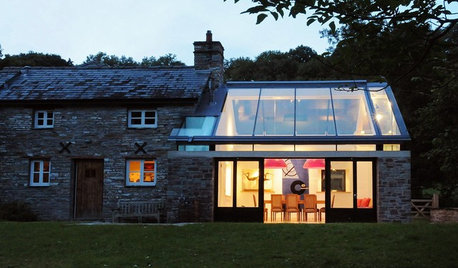
BUDGETING YOUR PROJECTDesign Workshop: Is a Phased Construction Project Right for You?
Breaking up your remodel or custom home project has benefits and disadvantages. See if it’s right for you
Full Story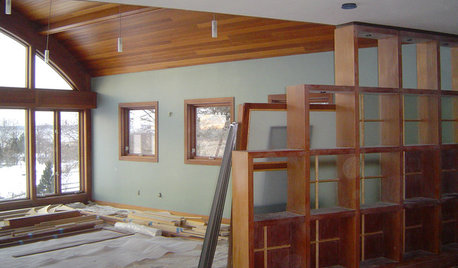
REMODELING GUIDESHouzz News: Remodeling Heats Up
With the U.S. economy showing signs of recovery, homeowners invest in quality, livability and "a place to make their own"
Full Story
FLOORSWhat to Ask When Considering Heated Floors
These questions can help you decide if radiant floor heating is right for you — and what your options are
Full Story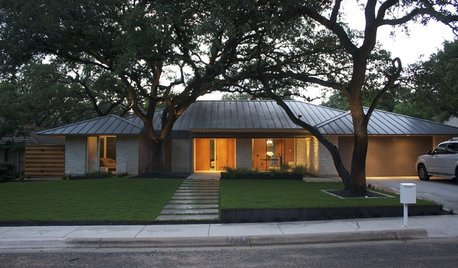
ARCHITECTURERoots of Style: Ranch Architecture Roams Across the U.S.
Great remodeling potential and generously spaced sites make ranch homes ever popular. Is one of the many variations right for you?
Full Story
GREEN BUILDINGHouzz Tour: Passive House in Vermont Slashes Heating Bills
Its ecofriendly, low-maintenance design leaves a family with more time to relax and enjoy the weekend home
Full Story
GARDENING GUIDESHow to Find the Right Native Plants for Your Yard
Find plant maps, sale sites and guides that make going native in the garden easier than ever
Full Story
FLOORSFloors Warm Up to Radiant Heat
Toasty toes and money saved are just two benefits of radiant heat under your concrete, wood or tile floors
Full Story
REMODELING GUIDESCool Your House (and Costs) With the Right Insulation
Insulation offers one of the best paybacks on your investment in your house. Here are some types to discuss with your contractor
Full Story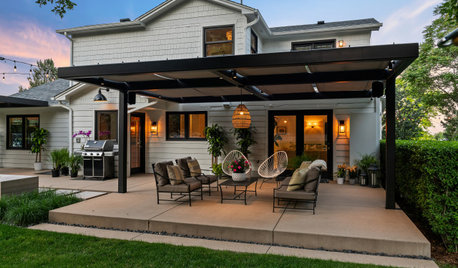
WORKING WITH PROSYour Guide to a Smooth-Running Construction Project
Find out how to save time, money and your sanity when building new or remodeling
Full Story


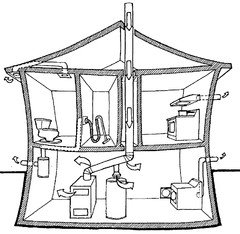
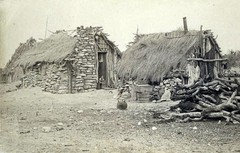
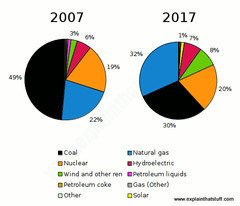
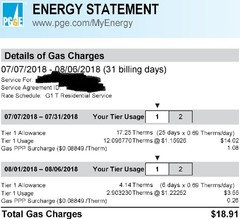
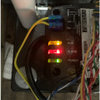
tigerdunes